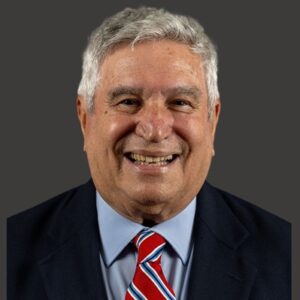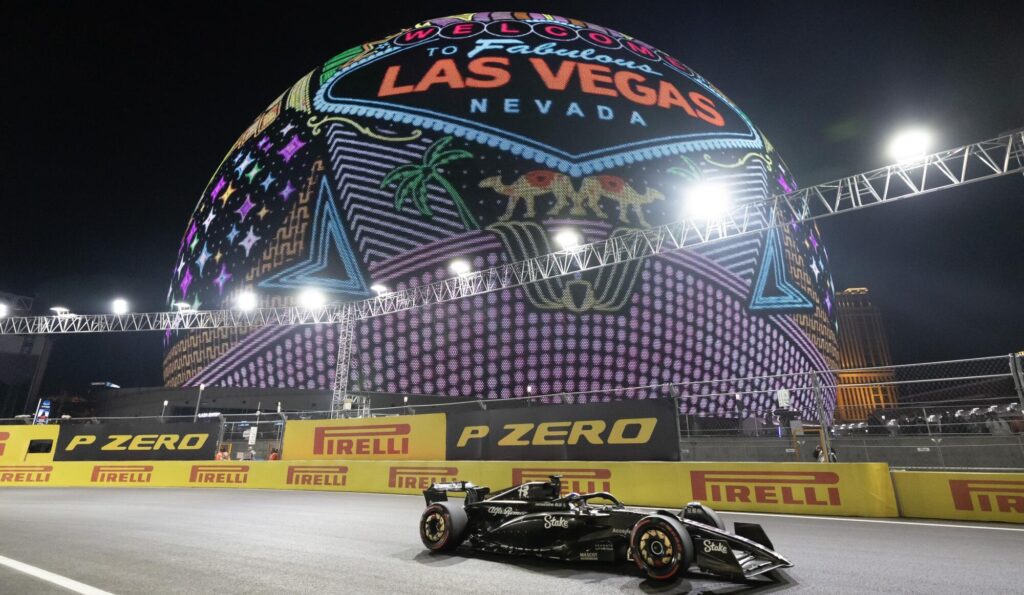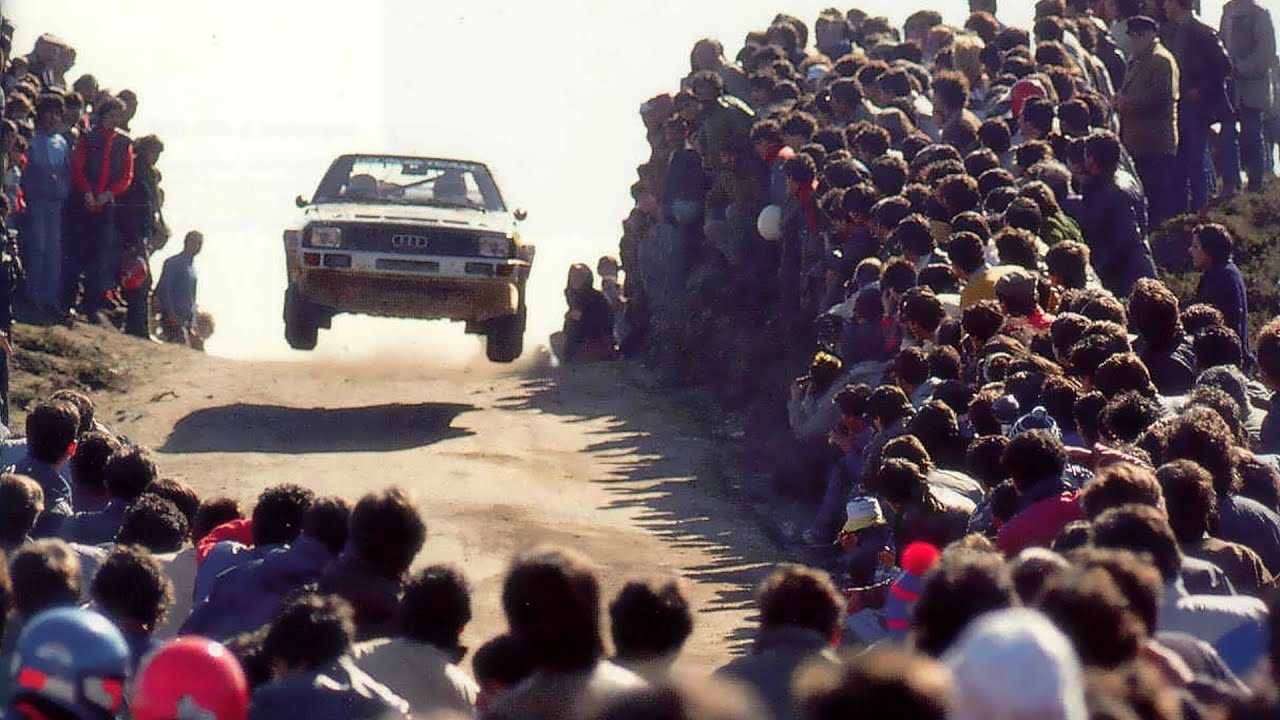Spector Sports and Tourism: the Formula One Motorcar Race
This article examens the sociological concept of spectator sports competition within and between tourism entities through the prism of Las Vegas’ Formula – One Race.

Dr. Peter Tarlow, Ph.D.
World-renowned expert in impact of crime & terrorism on tourism, event & tourism risk management

Benton Keough
International specialist in tourism security with expertise in areas as illegal drugs and gang violence

Competition is a ubiquitous part of all life forms. Plants compete for sunlight, nutrients, and water. Animals compete for goods, mates, resources, and territory. Although humans, like other animals, also compete for goods, territory, resources and mates there are differences between humans and other forms of life. Unlike other animals, humans have developed rules for competition. These rules determine if the competition is legal or ethical and what competitive actions are acceptable in a Hobbesian[1] world of never-ending competition.
Humans are also unique in that they can channel these competitive qualities into organized events called “athletics” or “sports”. These sporting events go beyond competition for resources; they are also a way in which humans deal with emotions such as frustrations anger or the seeking of exhilaration. Organized competition can channel multiple emotions in relative safety within specific time frames and according to external rules. Furthermore, humans beings not only enjoy competing with others but also enjoy seeing others compete. It is this desire to compete or see others compete that forms the basis for what we call “sports tourism”.
Sports tourism takes on many forms. People travel to practice their individual sports, to participate in athletic competitions, or watch team sporting events. Watching others compete, either as individuals or as part of a team has created the spectator sports industry, an industry worth billions of dollars.
This article focuses on one illustration of spectator sports tourism, motorcar racing, through the prism of Las Vegas’ Formula One race. We have chosen the Las Vegas’ Formula One Race as an example of the impact of competitive sports on tourism for the following reasons:
- It is currently Las Vegas’ premier event
- It is Las Vegas’ most lucrative event
- It symbolizes how a major tourism city maintains its relevancy through creative reimagining.
- It draws hundreds of thousands of people to the city and millions view it on television
- It is an individual sport that requires teamwork
- It is held on public streets rather than in a stadium
Some of the Theoretical Underpinnings of Spectator Sports and Tourism
As noted, human beings spend a great deal of time and money watching others compete. For many, motorcar racing is a way to channel this competitive spirit and desire to touch danger from a distance. The tourism industry intersects with motorcar racing in at least three ways.
1) For some people, motorcar racing produces a visceral confrontation with danger or provides an adrenalin rush.
2) Motorcar racing allows for the channeling of aggression into a sociably acceptable activity. Additionally, this sporting event may serve both as a form of relaxation for some or as an escape valve for others.
3) Motorcar racing, like many spectator sports, produces both directly and indirectly, millions of dollars of revenue. Due to the fact that the race is broadcast around the world it acts to enhance the community’s sport tourism-centric reputation.
4) These races not only provide the event’s host community with a new source of income but also collateral earnings such as the purchase of food and lodging by those attending the event. In the case of Las Vegas motorcar spectators may also visit other tourist attractions such as casinos.
The Channeling of Violence
Some sociologists and psychologists argue that humans are not only competitive but also are fascinated by violence and even death. From this perspective some extreme sports such as motorcar racing also serve to satisfy this allure. From an historical perspective we see that human beings’ fascination with danger is not new. Medieval jousting is an example of “sportsmen” challenging death for the purposes of entertainment. During the Roman empire gladiators served not only to help control conquered populations but were also a way to channel the crowd’s need for violence in a socially acceptable manner.
We also experience this interaction with death not only in visits to battlefields but also in the practice of dangerous or extreme sports. These dangerous sports allow both their participants and spectators to challenge the fear of death. Tourism scientists call this phenomenon “dark tourism.” Tarlow has noted that in the world of dangerous sports the spectator lives viscerally in a dangerous but artificial world. He writes: “Few people would want to experience the fog of war first-hand, almost no one would willingly suffer the torment of death of a concentration camp nor run for one’s life from the collapsing Twin Towers. Yet, while most people would not want to live the experience, many do want, in the simulata, the model in which they live at home. That is to say, tourists (spectators) seek the different in the protection of the familiar, they seek the danger of history in the protection of the known”[2]
Sport as a Form of Organized Competition and Collaboration
It is not easy to determine exactly the full impact of sporting events on local and national economies. Because definitions of the term sport vary and the sports industry is a composite industry composed of different systems, exact numbers are impossible to determine. When trying to determine sport events’ economic impact we must ask what variables we choose to use in our calculations. Do we only consider the sale of tickets or do we consider other economic variables such as money spent on infrastructure, purchases of sporting equipment, sale of souvenirs, and travel to sporting events? Additionally, the sports industry creates spin-off or collateral profits such as nights spent in a place of lodging, the purchase of food, and money spent on auxiliary entertainment. Although economic impact studies such as the “A.T. Kearney” study put sporting events’ impact on the world economy at approximately U.S. $480-620 billion, no figure can be completely accurate. For example, the A.T. Kearney study does not include individual expenses for non-professional sports and sports hobbies. Were these personalized non-professional sporting activities to be considered then we would assume the sports economic impact would be much higher.
Although no one can give a completely accurate economic estimate what we can state is that:
- Sports have a significant economic impact on various industries, communities, and countries.
- Major sporting events generate substantial revenue through ticket sales, broadcasting rights, sponsorships, merchandise sales, and tourism.
- Hosting sports events boosts the tourism industry, leading to increased spending and economic growth.
- The sports industry offers a wide range of career opportunities.
- Sports support related industries such as sports apparel, media, and local businesses.
- Sports participation promotes public health, leading to reduced healthcare costs and positive economic implications.[3]
Ancient Motorcar Racing

Since the start of recorded history humans have sought ways to increase their mobility for utilitarian, military and even spiritual purposes. The Bible speaks of how the Egyptian military chariots pursued the Children of Israel after their liberation from Egyptian slavery and ending with the chariots and their drivers being consumed by the sea. Chariots were not only instruments of war. In the Bible we read (II Kings: 2:11) about how the Prophet Elijah’s ascended to heaven on a what the Hebrew text calls a rechev-esh ((רכב אש and translated into English as a Chariot of Fire.
This Biblical passage, filled with symbolism and metaphors, serves as the literary connections between the Biblical chariot of fire with modern automobile racing. Just as in modern times we connect horsepower with speed, these Biblical flying horses symbolized both power and speed[4]. As in the time of Elijah, modern race cars protect their drivers, and just as in the case of Elijah we call the curved bar above the driver’s head to protect the driver in case of a crash a “halo”. Additionally, one of the many Biblical associations with fire[5] is that fire symbolized triumph and glory. Although the chariots of today are motor vehicles, driven not by horses but advanced motors with the power of many horses, the symbolism of the chariot of fire, burns as brightly today in the form of motorcar races as it did three thousand years ago during the time of Elijah.
Formula One and Las Vegas Tourism
For many motorcar racing fans Formula One (also known as F1) is that sport’s most important contest. The motorcar races are both a team and individual sport. On one hand, the driver, like a batter in baseball, acts as a lone individual, on the other hand, and unlike baseball, the sport of motorcar racing requires a supporting cast. For example, during the race technicians must be able to change the car’s tires in seconds. Single-seat drivers must also be in excellent physical condition. We can compare these drivers to fighter pilots where they battle not only the other drivers but extreme g-forces. Because speed is such an important factor, race car drivers must make split-second decisions, turning the race into a test of skill, endurance, strength and mental agility.
Las Vegas and Formula One
Formula One races occur around the world. With the exception of Las Vegas, however, they act as a franchise. In all cases, we might call these races “gladiators-on-wheels,” and they have become major attractions for the host cities.
Tourism is Las Vegas’ number one industry. Without the tourism industry the city’s economy would almost cease to exist. As in the case of motorcar racing, tourism cities are in constant competition with each other. To stay ahead of its competition Las Vegas has constantly had to reinvent its tourism product. The city has gone from a gambling mecca to the world’s entertainment center and recently has become a major center for spectator sports. We see this emphasis on spectator sports in the number of professional team franchises that have recently moved to Las Vegas. Over the last few years Las Vegas has attracted numerous professional sports teams including:
- Las Vegas Aces, Women’s Basketball Association
- Las Vegas Athletics, Major League Baseball
- Las Vegas Golden Knights, professional ice hockey
- Las Vegas Raiders, National Football League
These teams differ from a Formula One race in that each team has fewer spectators but a greater number of games that are spread throughout their sport’s season. The Formula One event is a yearly one-time multi-day event that not only attracts thousands of fans but produces hundreds of millions of dollars. It occurs during the week before the Thanksgiving holiday, a traditionally low season in tourism. This means that hotel rooms that might normally be empty are full due to the thousands of Formula One enthusiasts who flock to Las Vegas.
Economic Impact of Formula One in Las Vegas
Because Formula One races exist in numerous cities around the world and, with the exception of Las Vegas, these races are franchises, their economic impact varies by location and its integration with the local tourism industry. The Las Vegas race is and exception. It is owned by the Formula One corporation and due to the fact that Las Vegas maintains high quality data, the Las Vegas race provides accurate data on the race’s economic impact. The New York Times reports that Formula One is now (2024-2025) Las Vegas’ largest event with a projected economic impact of close to a billion dollars per event.[6] This number does not include collateral earnings or return visits by the race spectators.
The Las Vegas Convention Authority (LVCVA) became a full partner with Formula One in 2024. The LVCVA estimates a television audience of 59.3 million people, 316,000 fans and over 145,000 unique visitors.[7]
Formula One tickets are not inexpensive especially when we consider that often there is a minimal amount of action for the spectator or viewer to see. Official tickets for an F1 race can range from $1,947 to $15,695 per person for the full 3 or 4-day experience. A race consists of 1.5 – 2 hours of cars driving in circles, and if all the drivers are safe, the most action being a cars overtaking others and at least 1 required pit stop.
Formula One Criticisms
As we might expect the LVCVA puts a positive spin on the Formula One race, but not everyone in Las Vegas is happy with it. As in other aspects of the tourism industry there is a constant debate on tourism’s positive economic impact versus those who argue that the social costs are not worth the economic windfall. Arguments against the Formula One race range from the inconveniences the races causes pedestrians, drivers, and tourists along Las Vegas Boulevard, to higher costs and strains on public services, from road repair to the high cost of police overtime.
Las Vegas’ local National Public Radio (NPR) reported that: “Local businesses, such as Battista’s Hole In The Wall Italian Restaurant and Jay’s Market, claim they faced significant monetary losses in 2023 due to that year’s race — some in the millions.” In 2024, these businesses — along with a couple others — filed lawsuits against Clark County and Formula 1, seeking reimbursement for their financial losses.”[8]
Business owners attributed many of those losses to race-related construction, event setup, and restricted access to their businesses. Additionally, as the Las Vegas race takes place along city streets, the race requires streets to be shut down, a loss of customers during the race, and citizens’ inconveniences.
Despite these complaints both the local lodging industry and the international market benefited from the Formula One race with international visitation increasing by 114% during the race.[9]
Others argue in favor of the Formula One event and state that despite the extra costs the races have a long-term beneficial impact on the city. For example, Jeremy Aguero of the Nevada State Bank notes that: Further still are the social and community benefits created by F1. “Among the organization’s first initiatives was the creation of the Las Vegas Grand Prix Foundation, which supports local nonprofits dedicated to improving the lives of Southern Nevadans and which laid out an ambitious goal of providing one million meals to students, families and communities in need.[10]
Conclusions
Competition is a part of life. Like all businesses tourism cities must compete with other tourism cities to attract visitors, and profits. Las Vegas is a perfect example of how tourism communities must reinvent themselves in order to stay relevant and competitive. Las Vegas demonstrates that to be a successful tourism location a city cannot allow its product to become stale, that new ideas are constantly needed and that success comes from wise investing and an understanding of future trends. In the end, like the Formula One race itself, it is the city that gets to the finish line first that wins.
[1] Thomas Hobbes was a 16th century British philosopher who coined the phrase Bellum omnium contra omnes, a Latin phrase meaning “the war of all against all. In Hobbesian thought nature was in a state of constant chaos and morality could not exist in nature.
[2] Tarlow, P. “Dark Tourism” in Niche Tourism, edited by Marina Novelli, Elsevier, Amsterdam, The Netherlands, 2005, p.52.
[3] Yellowbrick, The Economic Impact of Sports. https://www.yellowbrick.co/blog/sports/the-economic-impact-of-sports-exploring-the-financial-benefits <accessed April 16, 2025>
[4] See examples such as Deuteronomy 17:16, Psalm 20:7 , Job 39: 19-25
[5] See examples such as: Exodus 13:21, Exodus 19:18, Malachai 3:2
[6] In its second year the estimated economic impact was $934 million
[7] Las Vegas Convention Authority, https://www.formula1.com/en/latest/article/las-vegas-convention-and-visitors-authority-becomes-official-partner-of.7dDxhPamc8zGxxD22nlRqY <accessed June 8, 2025>
[8] KNPR, April 14, 2025: https://knpr.org/show/knprs-state-of-nevada/2025-04-14/should-formula-1-be-extended-on-the-las-vegas-strip-after-its-third <accessed June 8, 2025>
[9] Azira, Revolutionizing Las Vegas Tourism: The Impact of F1 and The Sphere, https://azira.com/blogs/revolutionizing-las-vegas-tourism-the-impact-of-f1-and-the-sphere/, <accessed June 8, 2025>
[10] Aguero, J, https://www.nsbank.com/content/dam/zbna/atlas/pdfs/localized/nsb/marketing/about-us/reports/a-positive-outlook/2023/August%202023-APO-7.46×17-LVRJ.pdf <accessed July 8, 2025>

Dr. Peter Tarlow
Dr. Peter E. Tarlow is a world-renowned speaker and expert specializing in the impact of crime and terrorism on the tourism industry, event and tourism risk management, and tourism and economic development. Since 1990, Tarlow has been aiding the tourism community with issues such as travel safety and security, economic development, creative marketing, and thought. Tarlow earned his Ph.D. in sociology from Texas A&M University. He also holds degrees in history, in Spanish and Hebrew literatures, and in psychotherapy.
Tarlow is the founder and president of Tourism & More Inc. (T&M). He is a past president of the Texas Chapter of the Travel and Tourism Research Association (TTRA). Tarlow is a member of the International Editorial Boards for academic tourism worldwide.
